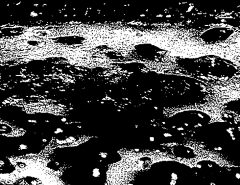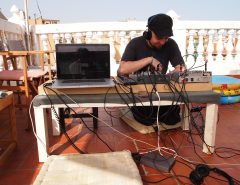En los últimos años se han publicado una gran cantidad de libros sobre el arte sonoro, el sonido, la escucha y la relación de todos ellos con otras disciplinas como, por ejemplo, la arquitectura, el diseño urbano, la escultura, el Arte e incluso las investigaciones científicas.
Estas publicaciones son un síntoma claro del interés que han desarrollado los investigadores en distintas instituciones y universidades para comprender una materia que hasta entonces se les había escapado y que ahora comienza a tener un lugar propio en la Academia.
Sound, fleeting and immaterial, has long proved resistant to academic inquiry. Faced with the impenetrable difficulty of pinning down sounds themselves, scholars have largely focused on written texts (instead of spoken words), while musicians have largely focused on notes (instead of sounds). In recent years, however, a number of very promising approaches from a variety of fields, which often bridge the arts and the sciences, have sprung up and have begun to capture this phenomenon in its wider context.
The 2013/14 John E. Sawyer seminar “Hearing Modernity,” made possible with the generous support of the Andrew W. Mellon Foundation, explores the world of sound studies. As the humanities turn away from the predominance of the visual domain and start exploring other sensory modalities, as the arts turn away from their traditional preoccupation with the work concept and toward a heightened appreciation of ecologies and soundscapes, and as the self-imposed limitations of C. P. Snow’s “Two Cultures” become ever more apparent, sound studies emerges as a new field that responds to multiple challenges at once.
Os recomiendo encarecidamente permanecer a la escucha de lo que se va publicando en su web, ya sean vídeos, textos, entrevistas o eventos…




Some texts @ Hearing Modernity need this password: s@wyer